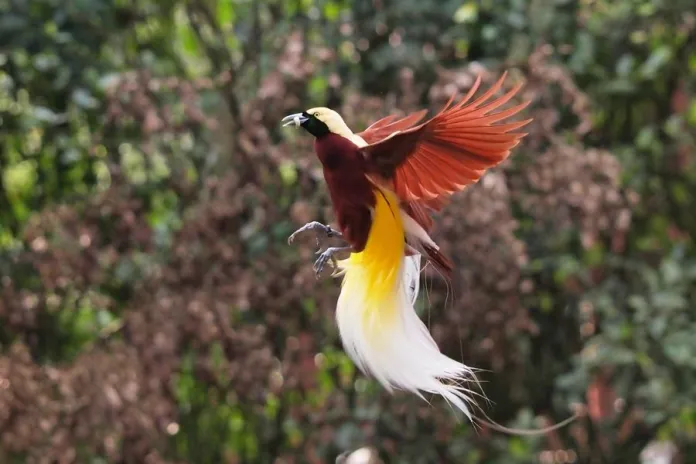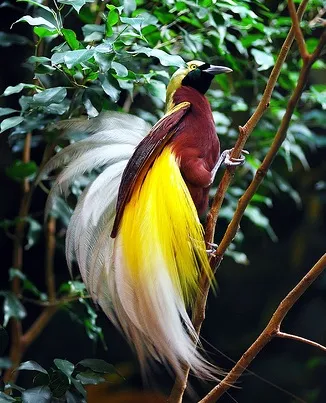Unveiling the Majestic Splendor of the Greater Bird-of-Paradise: Nature’s Avian Masterpiece
Unveiling the Elegance of the Greater Bird-of-Paradise: Nature’s Living Masterpiece
Paradise birds, including the magnificent manucodes and riflebirds, thrive amidst the lush greenery of New Guinea and its neighboring islands. These tropical wonders favor vibrant rainforests, ranging from tropical lowlands and mossy highlands to swampy forests. Remarkably, some species have even adapted to coastal mangrove habitats.
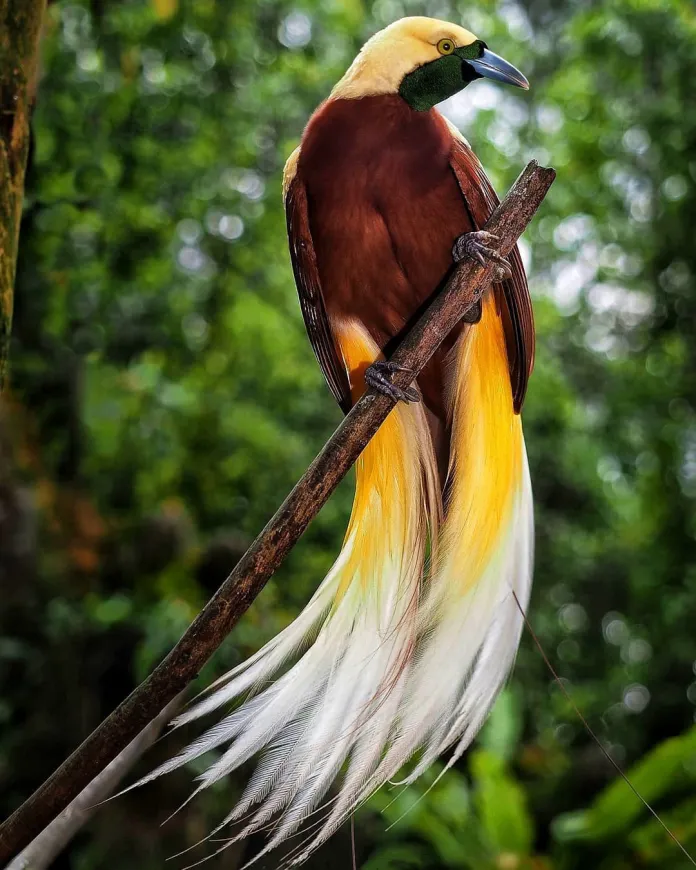
The dazzling plumage of these birds has made them a target for hunters throughout history, leading to the extinction of some species. Indigenous tribes of New Guinea have long used the feathers of paradise birds in their traditional attire and ceremonies. In Europe, these feathers were highly coveted as ornamental accessories for women, driving the mass hunting of these exquisite creatures.
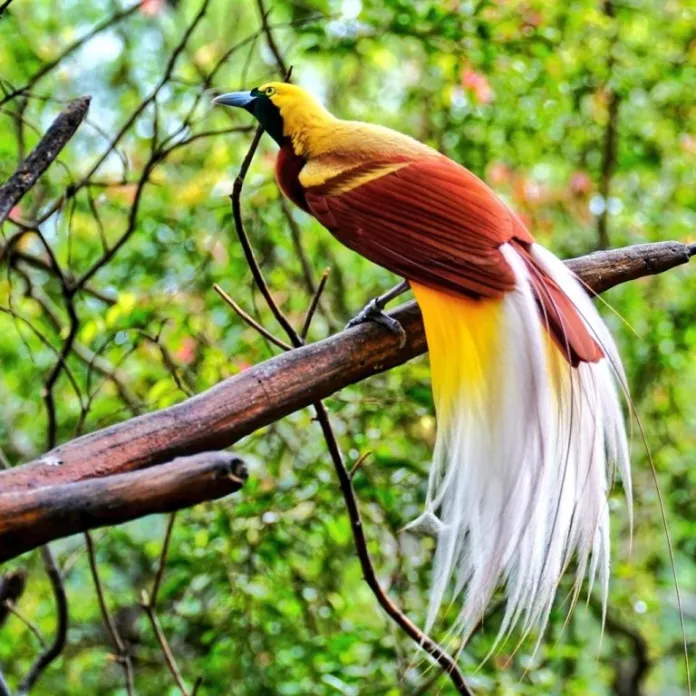
Adding to the challenges faced by paradise birds is widespread deforestation, which continues to destroy their habitats. Thankfully, conservation efforts have led many nations to list these avian marvels as protected species.

One of the most iconic features of paradise birds is their elaborate courtship displays. Males perform intricate dances, accentuating their extraordinary plumage to captivate potential mates. These mesmerizing performances leave even human observers spellbound, highlighting the birds’ fascinating behaviors.
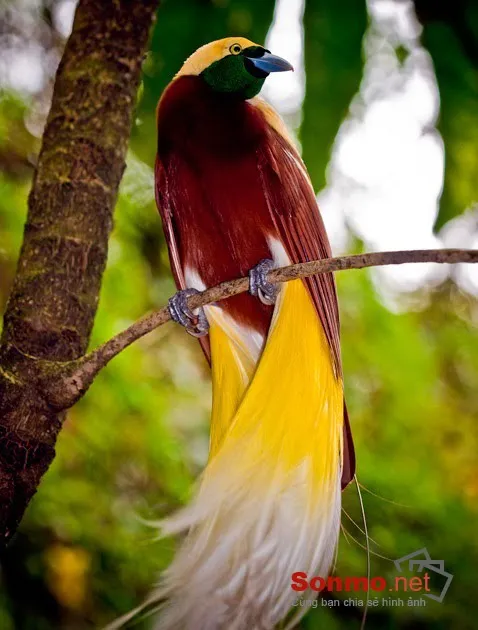
Interestingly, male paradise birds dedicate significant time and effort to attract mates. They construct nests using soft materials such as leaves, moss, and vines, often choosing tree hollows as safe havens for their young.
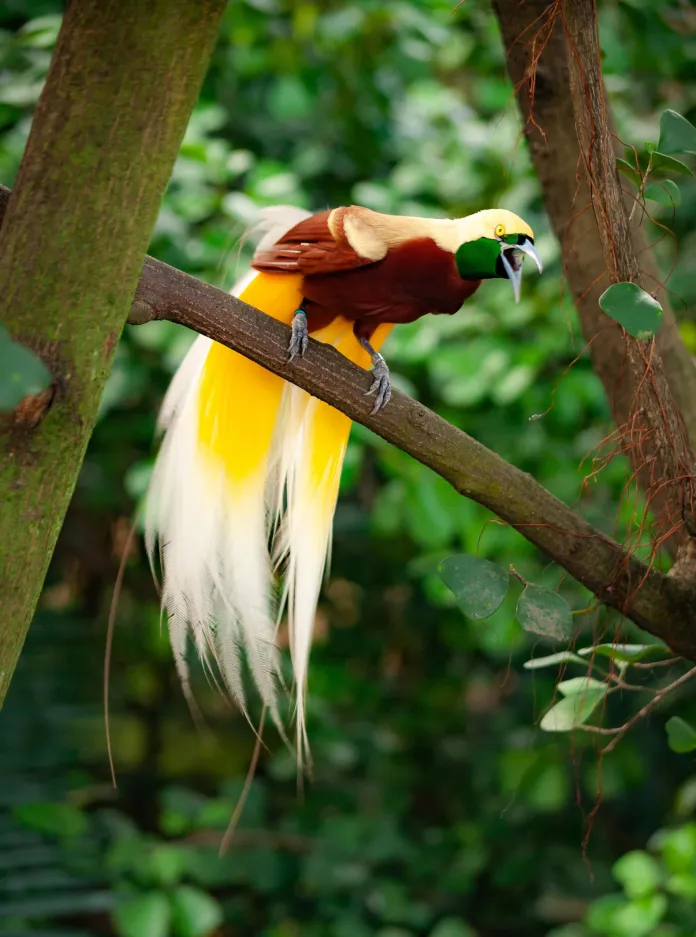
The number of eggs laid varies by species. Larger paradise birds typically lay a single egg, while smaller species may lay two or three. After an incubation period of 16 to 22 days, the eggs hatch. The fledglings leave the nest within 16 to 30 days, embarking on their life in the vibrant, biodiverse ecosystems of New Guinea.

From their breathtaking appearance to their enchanting behaviors, the Greater Bird-of-Paradise remains one of nature’s most awe-inspiring creations.
